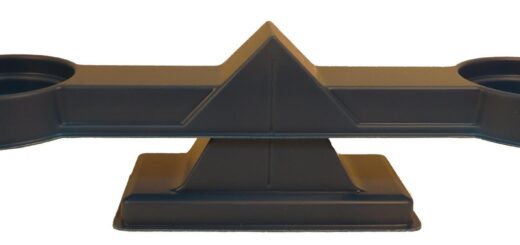Dot Plots in R-Strip Charts for Small Sample Size
Dot Plots in R, Strip charts are often known as one-dimensional scatter plots or dot plots.
When the sample size is small, strip charts are commonly employed. It’s a different type of plot than the traditional box plot.
Syntax
Let’s see the syntax of the strip chart or Dot Plots in R.
stripchart(x, data=NULL, method=”stack”, jitter=0.2)
where,
x:- The data or a list of numeric vectors from which the charts are to be made.
Data:- The variable x is taken from a data frame or a list.
Method:-Allowed values are “overplot”, “jitter”, or “stack”
Jitter:- jitter is the amount of jittering applied when method =”jitter” is used.
Deep Neural Network in R » Keras & Tensor Flow
Strip Chart in R
To make the plot, we’ll use the ToothGrowth data frame.
stripchart(len~dose, data=ToothGrowth, pch=17, frame=FALSE)

Let’s have a look at how to use jitter to make a vertical plot.
stripchart(len~dose, data=ToothGrowth, pch=17, frame=FALSE, vertical =TRUE, method="jitter")

R Plot pch Symbols: If you want to read more on Different point shapes in R »Click here
Let’s adjust the plot’s form and color.
stripchart(len~dose, data=ToothGrowth, pch=17, frame=FALSE, vertical =TRUE, method="jitter")

In a tiny dataset situation, box plots aren’t as informative as strip charts. Strip chart’s primary concept is to determine the location of data lines along a line.
Principal component analysis (PCA) in R »





